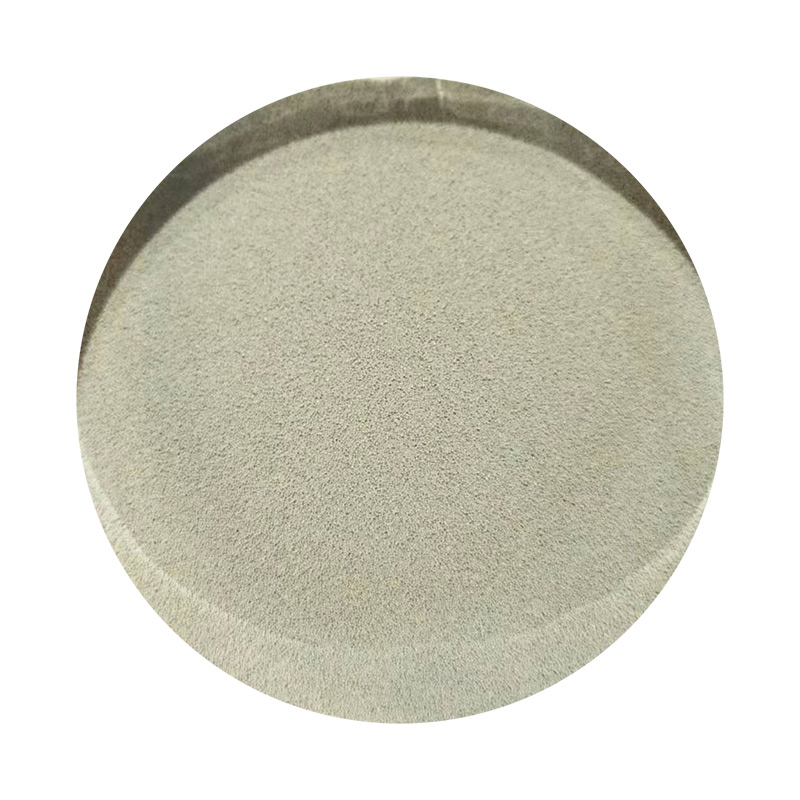The Dry Sand Casting Process An Overview
Dry sand casting is a widely used manufacturing technique employed in the production of metal parts and components, making it an essential method in various industries, including automotive, aerospace, and general engineering. This process relies on the use of dry sand, which distinguishes it from traditional green sand casting methods, where moisture is incorporated into the sand mixture. Here, we will delve into the dry sand casting process, its advantages and disadvantages, as well as its applications in modern manufacturing.
What is Dry Sand Casting?
Dry sand casting involves the creation of a mold from dry, bonded sand that is compacted into shape around a pattern. Unlike green sand, which contains moisture and clay, dry sand casting uses a mixture of sand and a binder, such as resin or other chemical agents, which solidifies upon heating. This process produces molds that are rigid, allowing for more precise manufacturing with finer details.
The dry sand casting process can be broken down into several key steps
1. Pattern Making A pattern is created from the desired part, typically made from metal, plastic, or wood. The pattern is an exact replica of the final product, often made slightly larger to account for shrinkage that occurs during cooling.
2. Mold Preparation The dry sand mixture is prepared by combining the sand with a binder. This mixture is then packed around the pattern in a mold box. Specialized equipment may be used to ensure the sand is evenly distributed and compacted firmly to create a sturdy mold.
3. Mold Curing The mold is cured, often using heat, to harden the binder. This process ensures that the mold retains its shape when the molten metal is poured in.
4. Pouring Once cured, the mold is ready for pouring the molten metal. The metal is melted in a furnace and then carefully poured into the mold cavity.
5. Cooling and Removal After allowing sufficient time for the metal to cool and solidify, the mold is broken away to reveal the formed part. This step may involve some finishing work, such as removing excess material or smoothing edges.
dry sand casting process

Advantages of Dry Sand Casting
One of the primary advantages of dry sand casting is the improved dimensional accuracy and surface finish it provides, making it ideal for intricate designs. The process also allows for higher production rates, as the dry sand molds can withstand multiple castings. Additionally, the absence of moisture in the sand minimizes defects such as gas porosity, which can occur in green sand molds.
Moreover, dry sand casting is versatile and can accommodate a wide range of metals, including ferrous and non-ferrous materials. This flexibility makes it suitable for various applications, from small-scale production runs to large industrial components.
Disadvantages of Dry Sand Casting
Despite its benefits, dry sand casting does have some drawbacks. The cost of binder materials and the need for specialized equipment can lead to higher initial setup costs compared to traditional casting methods. Furthermore, the curing process can prolong production times, potentially impacting overall manufacturing efficiency.
Applications
Dry sand casting is utilized in various industries, particularly where high precision and quality are required. It is commonly used to fabricate parts like engine blocks, transmission housings, and complex components in aerospace applications. Additionally, it is favored for producing prototype parts, as the detailed results enable effective testing and iteration.
Conclusion
In summary, dry sand casting represents a vital process in modern manufacturing, offering enhanced accuracy and surface quality for a diverse range of applications. While it may come with some limitations, the advantages it provides make it a preferred choice for many engineers and manufacturers in pursuit of optimal production solutions. As technology continues to advance, it is likely that the dry sand casting process will evolve further, enhancing its effectiveness and broadening its scope in various sectors.
Post time:ഡിസം . 29, 2024 00:07
Next:Significance of Sand Casting in Modern Manufacturing Processes and Its Economic Impact
